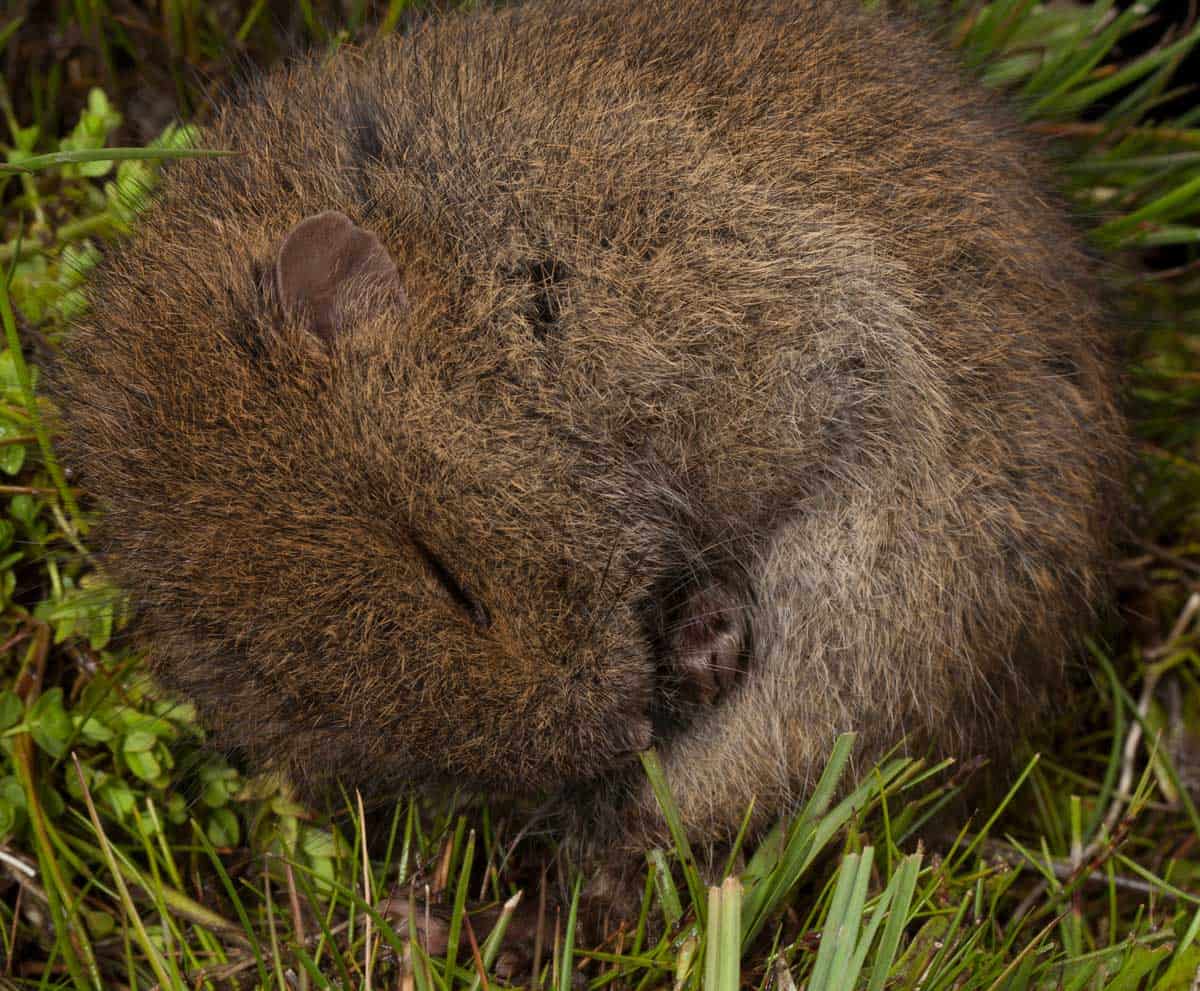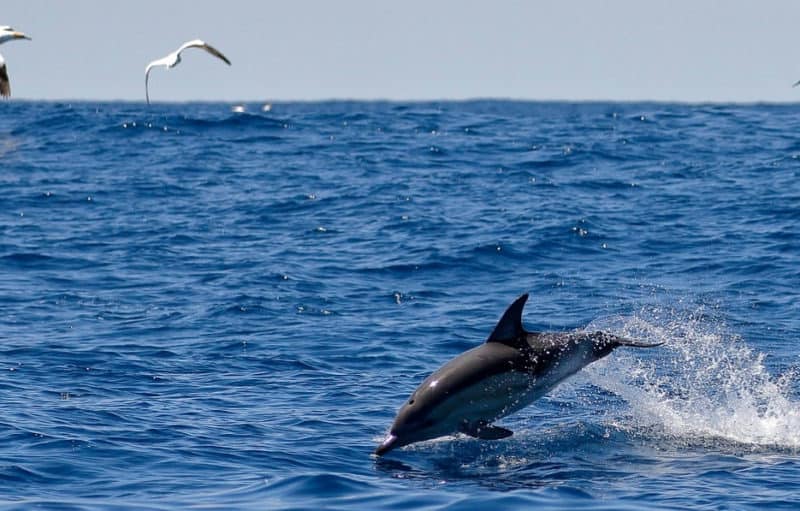TAKE ACTION |
The Tooarrana and other alpine wildlife needs your help to survive the devastating impact of feral horses.
Over 5,000 horses are trashing wetlands and moss beds in Victoria’s magnificent Alpine National Park, chewing up grasslands and alpine herbfields.
Parks Victoria has a new draft plan to manage these damaging impacts, but it needs your support.
Decades of impeccable alpine science show that the hard hooves of horses, along with grazers like deer and pigs, are causing long-lasting damage. Every day ancient habitats of endangered wildlife are trampled in the Alpine National Park.
Take the Tooarrana, a small, magnificently fuzzy but rare mammal that lives amongst grass tussocks and other alpine plants. The Tooarrana needs those plants to shelter under during the winter snows.
But right now, horses are chewing up and stomping on its only home in the world!
It’s time to help our magnificent Alpine National Park recover!

Horses are a domestic farm animal, and have no place in the high country. They suffer and die in heavy snow, drought and fire.
Misguided opposition from horse protectors has forced Parks Victoria through a series of failed court cases, impeding down their ability (and responsibility) to control feral horses. It’s been frustrating to say the least.
Control of feral horses is critical if we are to successfully reverse the decline of a large number of threatened alpine plants and animals that can’t live anywhere else!
Parks Victoria’s new plan, based on the advice of alpine ecologists and animal welfare experts, is to send horses to good homes whenever possible. If a good home isn’t available, horses will be euthanised on-site by professional shooters, including aerial control – methods already used for feral goats, pigs and deer.
Visit Parks Victoria’s draft Alpine National Park – Feral Horse Action Plan 2021 and share your support of their plan to protect our alpine treasures.
Your contribution will help preserve our native high country treasures, like tiny Alpine Tree Frogs, sensitive Alpine Spiny Crayfish, and rare native fish.
Parks Victoria’s community feedback page has supporting information and a short survey to fill in. Below are some useful points to elaborate on, reword or emphasise.
Feedback on the Alpine Park protection plan
- Alpine peat beds and wetlands protecting the headwaters of our major rivers are heavily impacted by hard hooved animals.
- The grassland habitat of a rare, cold weather native mammal, the Tooarana, is damaged by horse grazing.
- A number of other threatened animals, such as the Guthega Skink, Alpine Tree Frog, and Alpine Spiny Crayfish are among many rare alpine plants and animals also impacted by horses.
- Without effective control, horse numbers will continue to increase and bring more damage to the park. Both Brumby running (or roping) and trapping in yards have proved to be ineffective in reducing horse numbers.
- While rehoming is Parks Victoria’s first option for the horses, good homes for feral horses are limited.
- Control methods used to date have meant horses unable to be rehomed after being roped and captured, just end up in an abattoir. Those control measures haven’t stopped the spread of horses anyway: horse numbers are growing fast and their territory is spreading.
- Previously, captured horses that weren’t able to be rehomed were sent to a knackery. Animal welfare authorities, including the RSPCA, say shooting on-site by professional pest controllers is a far more humane control method.
- Parks Victoria already controls feral pigs, goats and deer through both ground shooting and aerial shooting.
- For good reasons, Parks Victoria is legally obliged to manage problem feral animals in the Alpine National Park, according to:
– Victorian laws: the National Parks Act and Flora and Fauna Guarantee Act
– Federal law: the Environment Protection and Biodiversity Conservation Act
– International treaty: the Convention on Biological Diversity - You can find more information, including pictures of horse damage, on the VNPA’s website here.
